On Jan. 7, 2023, the Zinn Education Project hosted an interactive panel discussion on teaching Reconstruction at the American Historical Association annual meeting in Philadelphia. In addition to panelist presentations, the session included a collective brainstorming activity, Q&A, small group discussions, and a film crew.
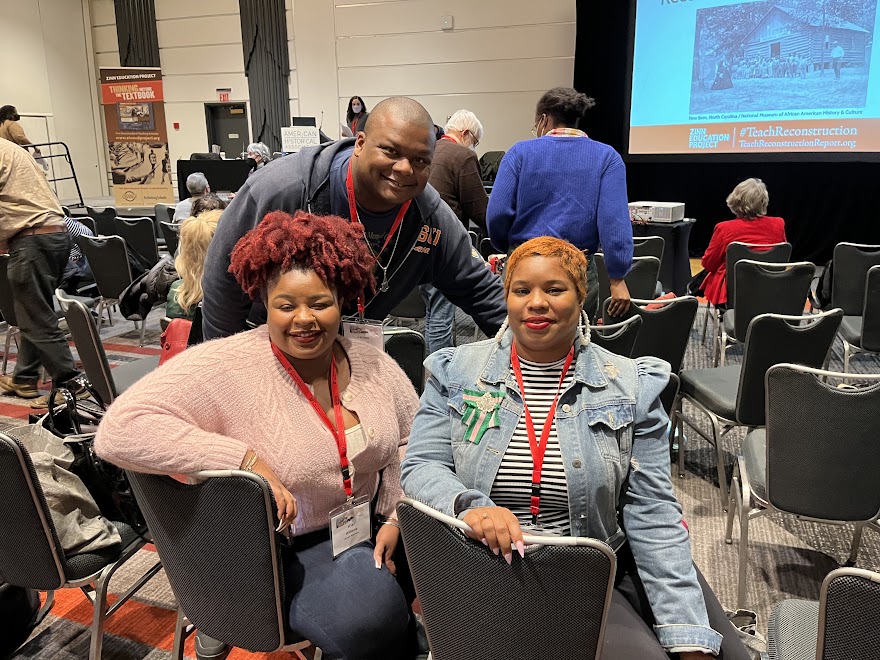
Participants during small group discussions.
The panelists, listed below, included one co-author and three contributors to the national report, Erasing the Black Freedom Struggle: How State Standards Fail to Teach the Truth About Reconstruction, which they used to ground the session. All are teaching or influencing teaching about Reconstruction in higher education, at the school district level, or in the classroom:
- Mimi Eisen (chair), Zinn Education Project program manager and Reconstruction report co-author
- Nancy Raquel Mirabal, University of Maryland, College Park professor
- Tiffany Mitchell Patterson, District of Columbia Public Schools manager of social studies
- Adam Sanchez, Central High School teacher and Rethinking Schools editor
Deloris Pringle, chair of the board of trustees at the historic Penn Center in South Carolina, was also scheduled to be on the panel but could not attend. In her absence, Mimi talked briefly about the Penn Center’s Reconstruction-era history and its role as a cultural and educational institution today. For more information, we share Deloris’s prepared remarks at the end of this post.
Filmmaker C. J. Hunt spoke to participants and documented the session as part of a new project about the current attacks on history education. C. J., a former middle school teacher and Daily Show correspondent, is also the director of The Neutral Ground, an excellent, student-friendly documentary on the fight over Confederate monuments and the Lost Cause narrative.
Participant Activities
At the start of the session, attendees reflected on their K-12 experiences learning about Reconstruction and created a word cloud:
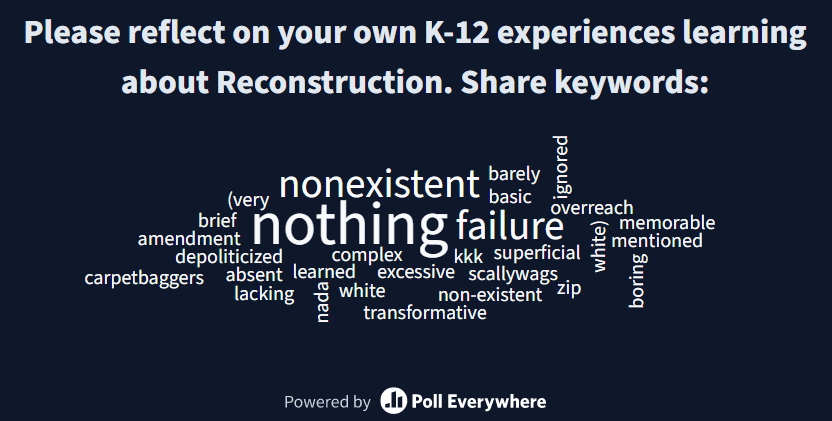
Participants then reviewed the key findings of our Reconstruction report and discussed in small groups, each joined by a panelist. Discussion questions included:
- What do you find interesting, surprising, or troubling?
- How do these findings align with your experiences?
- What are the implications of these findings?
Panelist Presentations
The full group then reconvened for panelist remarks.
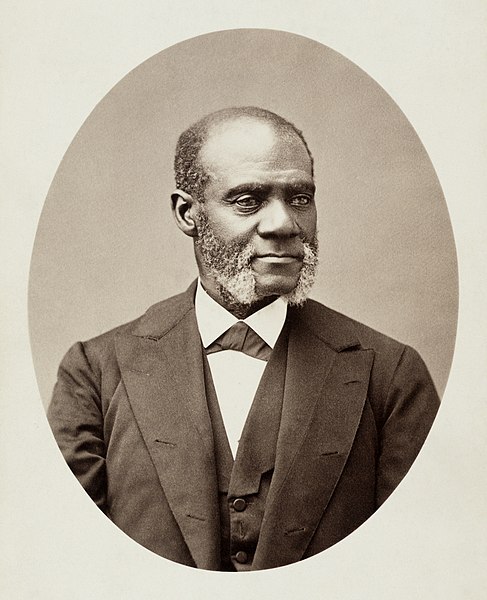
Henry Highland Garnet, keynote speaker at the first meeting of the Cuban-Anti-Slavery Committee in New York in 1872. Image source: National Portrait Gallery
Nancy Mirabal discussed Reconstruction as a pivotal era for students to learn about and a movement that reached far beyond the South. She shared a story from her own scholarship on Cuban solidarity in New York in the 1870s, drawing on a long history of Black activism in domestic and transnational anti-slavery societies.
Tiffany Mitchell Patterson highlighted social studies standards revisions underway in the District of Columbia. Using our Reconstruction report as a guide, a group of educators, administrators, and academics have revised the standards to include far more attention to Black people’s struggles to redefine freedom and equality, the role of white supremacy in defeating Reconstruction, and the legacies of the era.
These standards are not final, so Tiffany gave participants a call to action. She shared the survey to review and respond to D.C.’s draft standards, encouraging attendees to add their feedback before the public comment period ends on Feb. 10, 2023.
Click on the gallery images below to read the proposed standards on Reconstruction:
Adam Sanchez closed out the presentations by highlighting the impact that learning Reconstruction history has had on his students. He shared these quotes from his classroom:
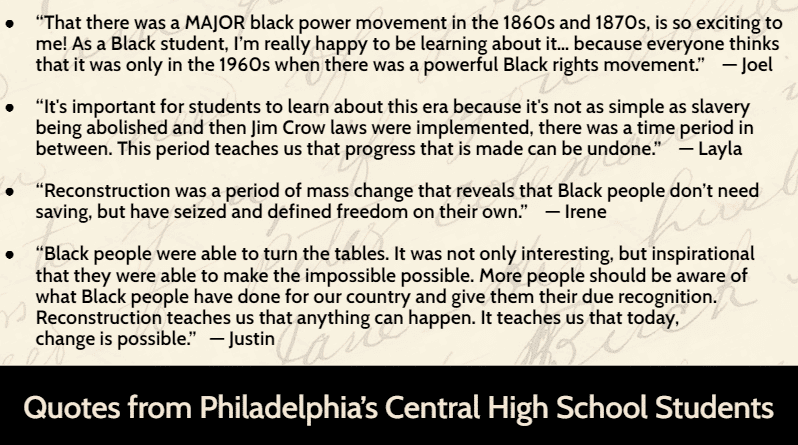
Adam also shared lessons and resources from the Zinn Education Project, Rethinking Schools, and other organizations or scholars for teaching a truthful, complex, and accessible account of Reconstruction. These are all listed on our Reconstruction report’s resources page, along with additional resources: Black Reconstruction by W. E. B. Du Bois, Black Power U.S.A. by Lerone Bennett Jr., Black Was the Ink by Michelle Coles, lessons and primary source documents from Facing History and TeachRock, webinars with noted scholars, films, podcasts, and more.
Q&A and Workshop Reflections
The session then moved to a Q&A in which participants raised and discussed thoughtful questions around Reconstruction’s relevancy to students across the country, responses to anti-CRT critics, how Reconstruction fits into civics education, and more.
At the end of the session, attendees replied to questions about what they learned and the format. Here are selected responses:
Reconstruction as inspiration (freedom, citizenship, Black access to institutional roles) and the need to connect Reconstruction to important contemporary questions.
The broad movement and energy surrounding the teaching of a true and accurate account of Reconstruction.
Great to see the example of how the proposed D.C. standards incorporated some language/takeaways from the report.
I enjoyed it very much — history curriculums in public schools are at the heart of public life, and it was great learning about folks’ amazing work around Reconstruction.
It was great! I appreciate the lessons and various suggestions that I can apply in my own classroom.
I liked the interactive element and that the speakers came and joined in the conversation.
I specifically loved an anecdote that was mentioned at the end that contrasted how we teach Reconstruction versus the Civil Rights Movement. It resonated with me and makes me want to revamp my Reconstruction unit to be more of a reflection of the successes, not the failures, of Reconstruction. Let’s make it another civil rights unit!
Thank you so much for a fantastic panel and for all the work you do!
Penn Center Remarks and Photos from Deloris Pringle
Lastly, we share the remarks Deloris Pringle had prepared for her presentation. They are accompanied by wonderful archival photos from the Penn Center, below:
Historic Penn Center
No other location in the United States is comparable to the Penn Center as a place for teachers to develop an understanding of the complexities of the Reconstruction era. No other place in the United States includes such tangible, diverse points of reference that showcase the quantity and diversity of relevant historic resources. The 50-acre historic landmark site is graced with a vineyard, a nature trail, a waterway, and live oaks that are iconic components of the Lowcountry landscape.
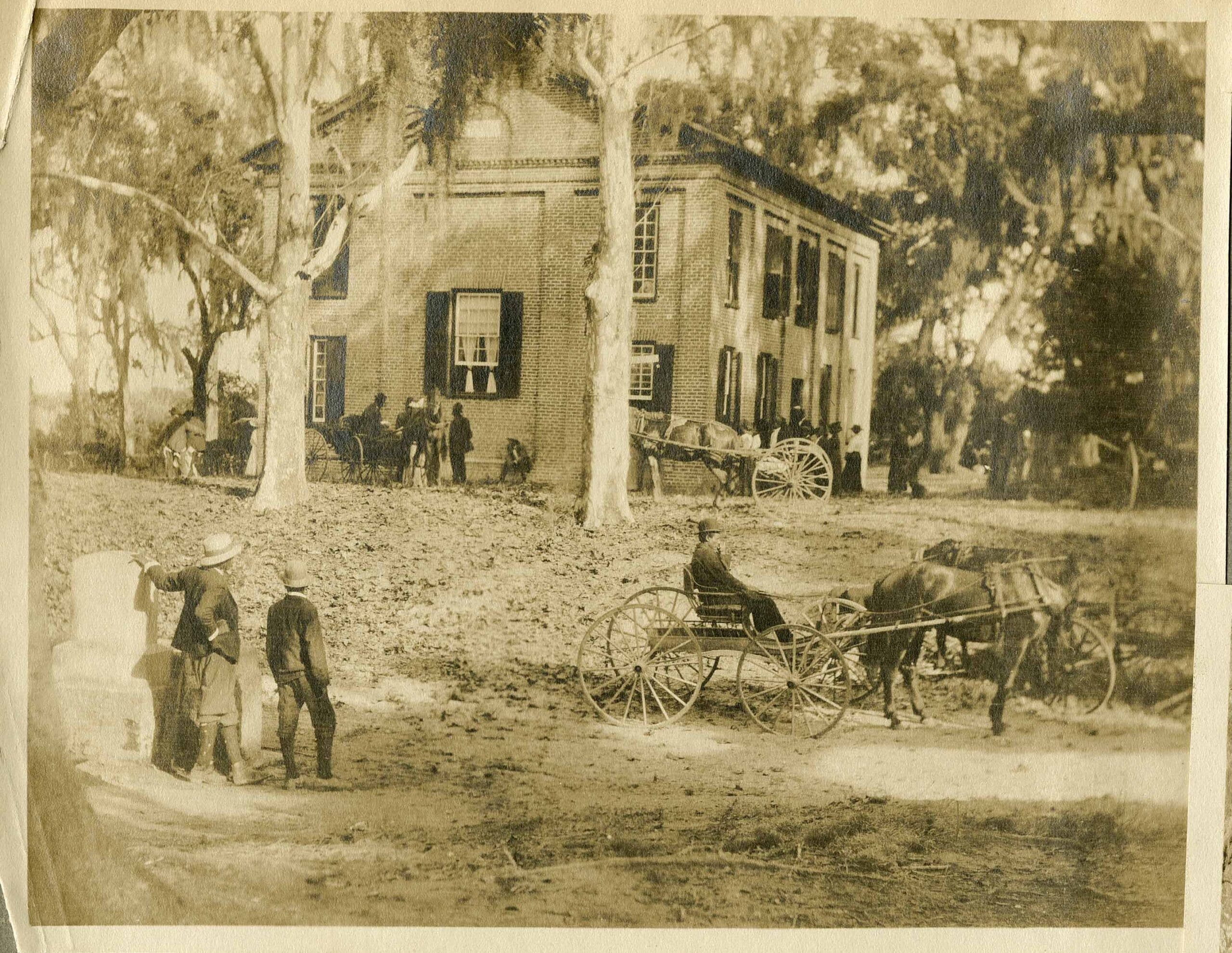
Penn Center campus.
The historic site includes the following landmarks and points of interest: the site of the first school for formerly enslaved persons, the York W. Bailey Museum and Visitors Center, a Rosenwald School, Founders Hall, the historic Brick Church, two historic cemeteries, the Penn School Trades Building, meeting halls, a library, ten student-built historic houses and cottages, agricultural silos, a barn, boat dock, dining hall, bell tower, historic water tower, garden, sales house, potato house, market shed, and classroom and education buildings. These landmarks together speak to the institute’s themes of land, education, and citizenship. Teachers across disciplines will benefit from learning about this special place of contemplation and action in the context of significant issues and turning points during the Reconstruction era. These include topics such as re-examining Reconstruction, land ownership, public education, and citizenship and civic responsibility. These can all be examined through the histories of sites and spaces on the historic Penn Center campus.
Penn Center has from its inception attracted educators and activists who have thought deeply about strategies for the advancement and prosperity of Africa-descended communities. When Hastings Gantt, a formerly enslaved Black farmer, purchased 50 acres of land in an area occupied by the U.S. Army on St. Helena Island, South Carolina, and sold them during the Civil War to northern philanthropists and white missionaries, he achieved more than planting seeds of literacy and paving routes for people to find work. Over the years, with continuing philanthropic support, Penn Center served as a school, community services agency, a Peace Corps training site, and cooperative society for rural African Americans of the Sea Islands who descended from enslaved West Africans.
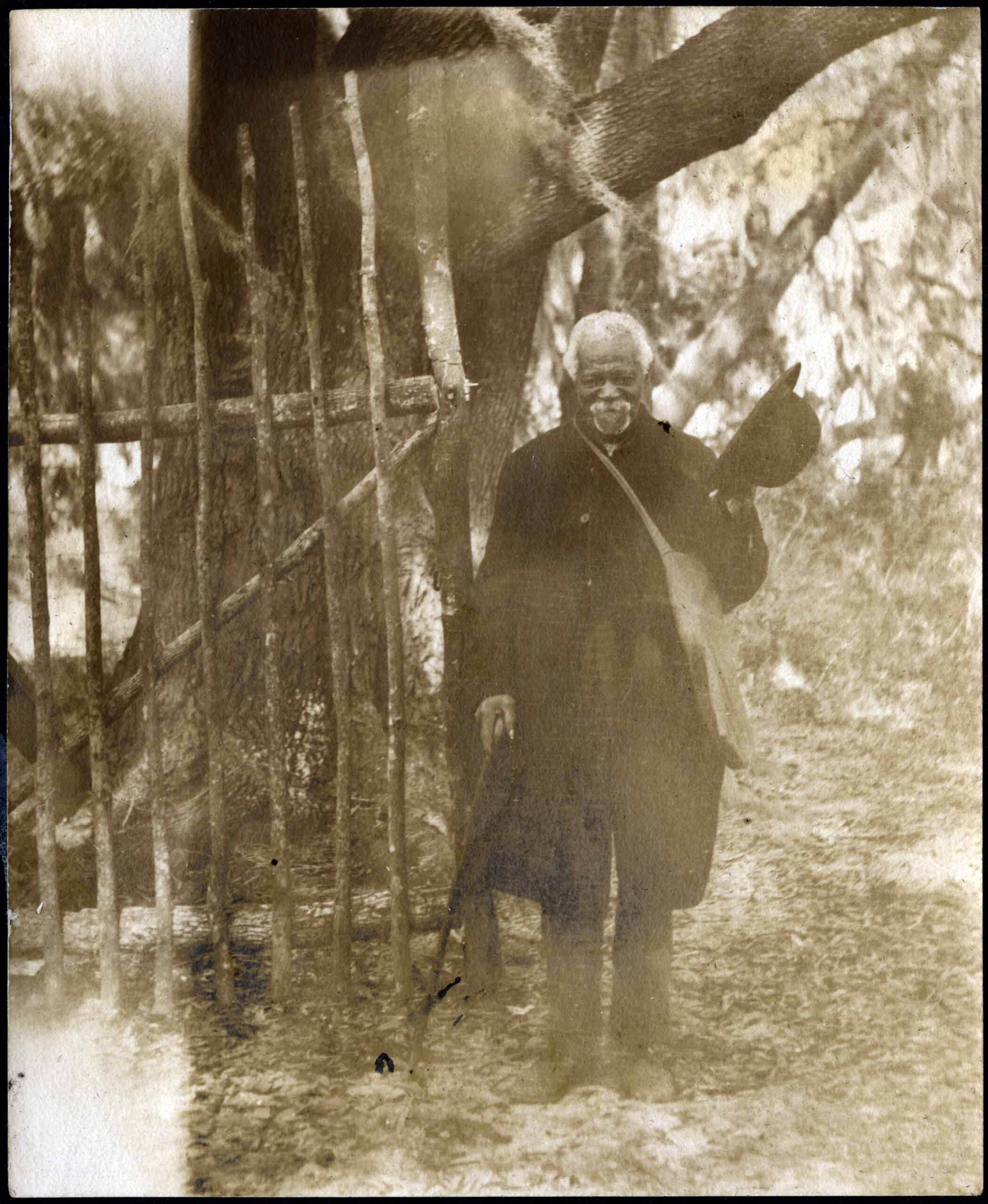
Hastings Gantt
Penn Center has a reputation as a place to plunge into the world’s challenges, not withdraw from them. As one of the most significant African American historical cultural institutions in existence today, Penn Center is a hub for engaging concerns about race, language, the environment, heritage, family, and beliefs that are historically deep and critically necessary for any representative and ethical understanding of the past and future of the nation. It is a key location in the Gullah Geechee Cultural Heritage Corridor, a stretch of coastline that extends from Pender County, North Carolina, to St. Johns County, Florida. Since 1862, Penn Center has evolved over many generations into an historic treasure that has actively engaged in framing and accomplishing the promises and dreams of Reconstruction through themes of land ownership, access to education, and the opportunity to assert the full rights and privileges of American citizenship.
Relevance and Applicability for the K-12 Curricula
Land, education, and citizenship have been central issues at the Penn Center for a century and a half, and the answers that Dr. King and generations of like-minded thinkers and activists have given to the challenges these topics raise have continuing educational and moral relevance. Reconstruction is typically taught at the end of 8th grade U.S. history courses and the beginning of high school U.S. history courses, but is often skipped over or superficially treated. The resources and history at the Penn Center address this void and reframe African American history, offering a more robust understanding of Black history and American history and our present.
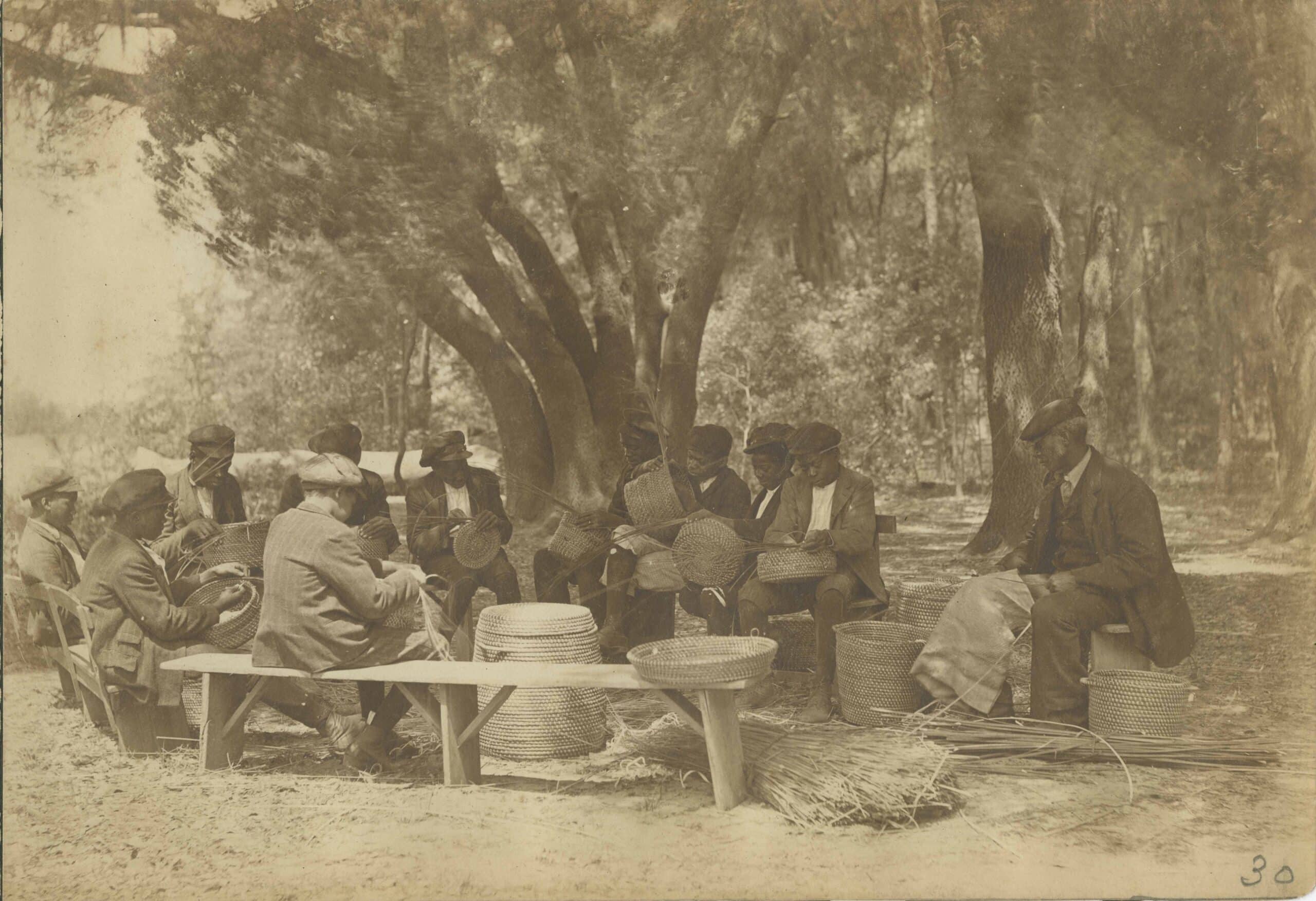
Penn Center basketry class.
We have a program of study, experience, and reflection that directly inserts thinking about these larger issues into the contemporary K-12 curriculum. We help teachers find their path into conversations and classroom discussions about Reconstruction, equipping them with instructional methods and an understanding of best practices that will give them confidence to address Reconstruction’s difficult, enduring questions and unresolved agendas about land, education, and citizenship. Therefore, in addition to serving as a space and time for participants to discuss the key concepts and content as teachers, the Penn Center provides teachers with a trove of primary sources that they can shape into inquiries to be done/explored with their students – either directly interrogating issues of race and equity or just understanding a more complete picture of the past and narratives that have been silenced or missing in the overarching, dominant narrative of the United States.
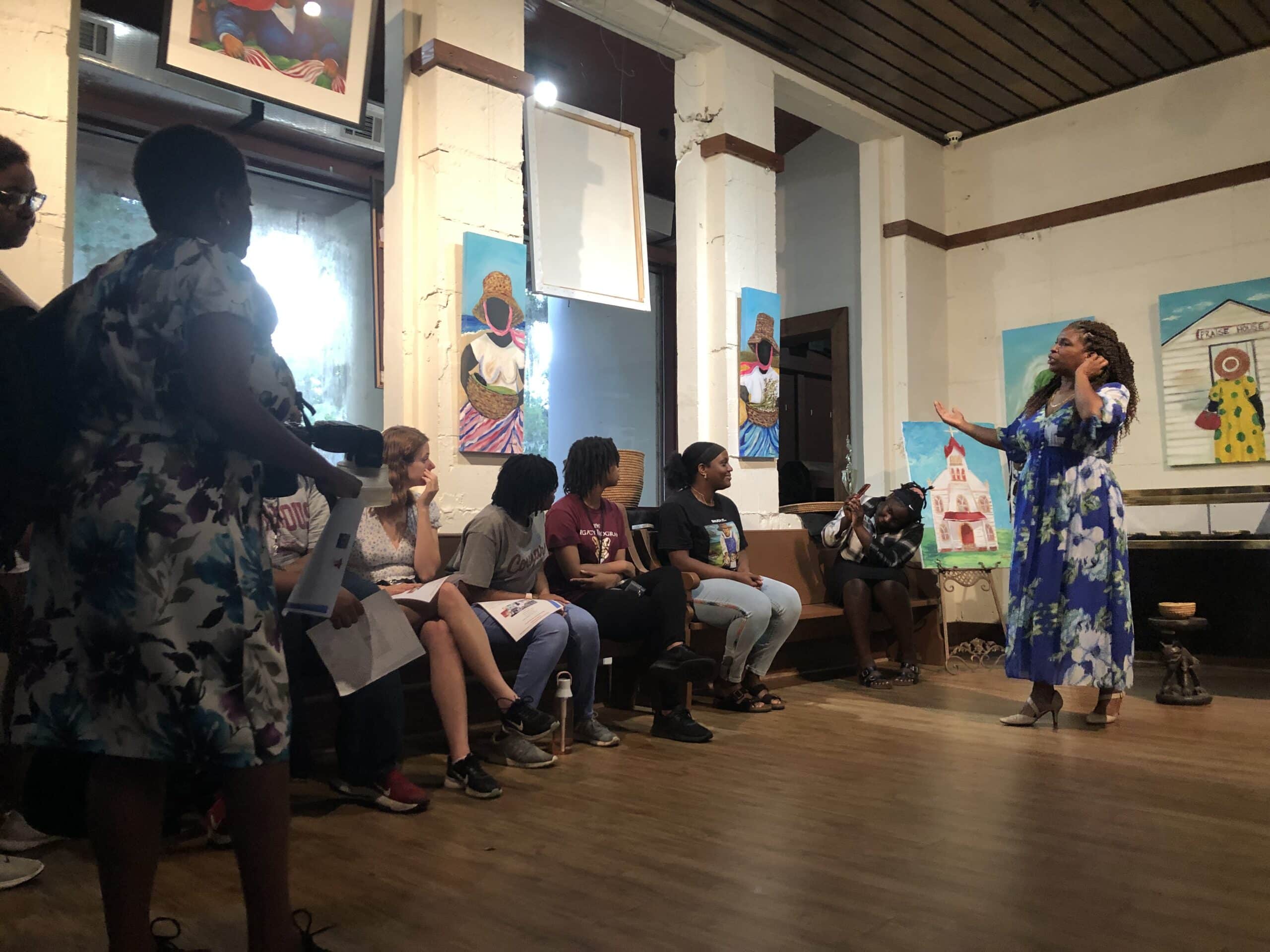 At the Penn Center, educators and students explore art. . . |
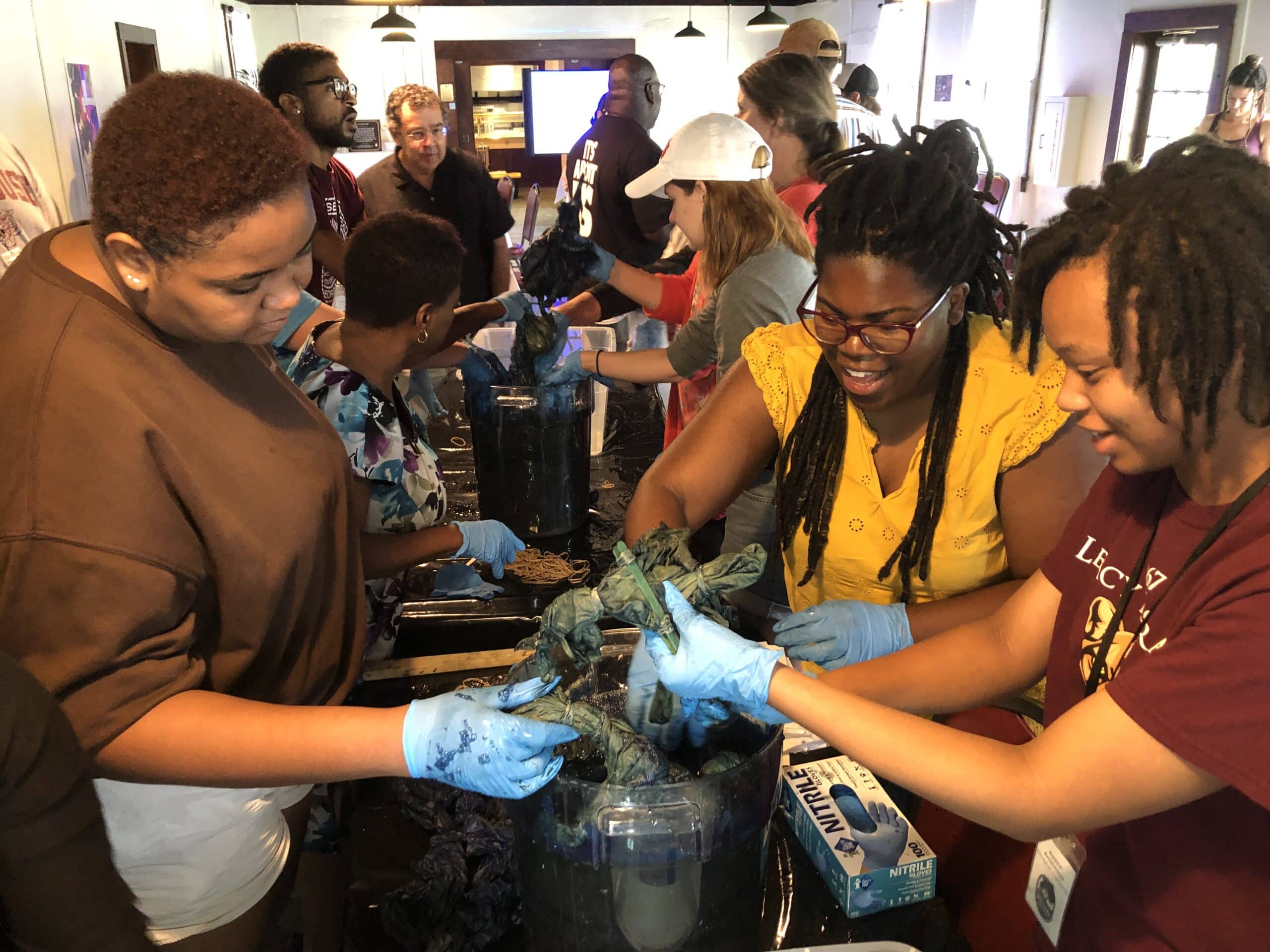 . . . and examine artifacts. Here, students are working with indigo. |
As a site where buildings, archives, and objects document Reconstruction history in the context of an intact, stunning landscape, the Penn Center tells a story of the tremendous accomplishments of formerly enslaved persons. We improve and expand professional development training to teachers so that they can be better equipped to teach about Reconstruction, one of the most relevant periods of study for students. As long as issues such as citizenship, land rights, education, freedom, and democracy remain central to our society, we require an accurate understanding of Reconstruction. The cultural history of the Penn Center is uniquely rich, and extends from the campus onto St. Helena Island, and from there into the Gullah Geechee Heritage Corridor. The cultural richness of the Penn Center highlights its global connections to West Africa and to the Caribbean, as well as its national significance. To walk to the dock in the early evening is to feel the sandy loam of the Lowcountry beneath your feet, to see the moon rise above the salt marshes, and to imagine all the generations that have lived and worked there in slavery and freedom before you.
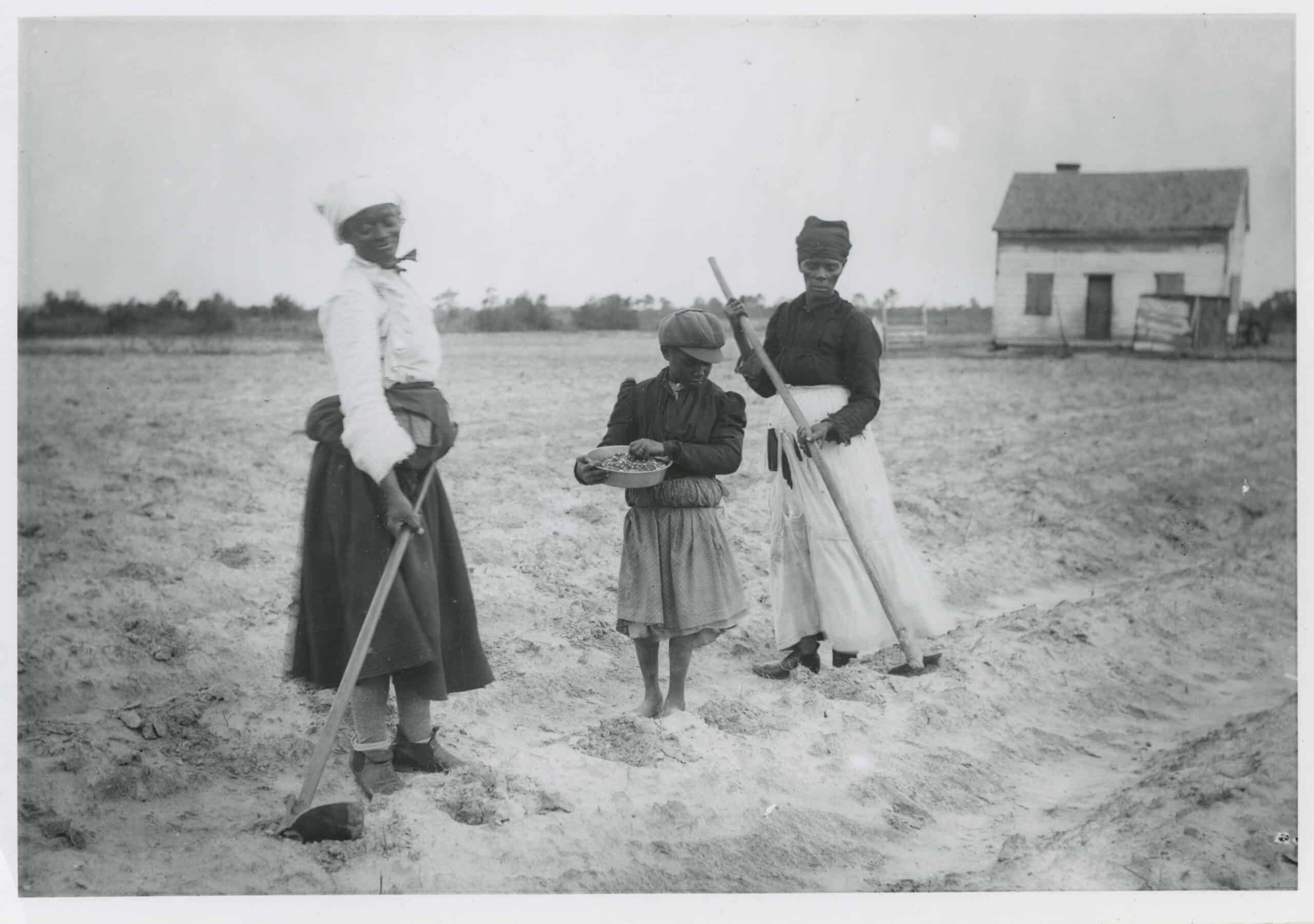
Farming on the Sea Islands.
All learning at the Penn Center is experiential. The place itself is a testimony to foresight and persistence in the most difficult of circumstances, from the Penn School’s founding at the beginning of the Civil War, to the violence and divisions of the 20th-century freedom struggle, to today. The place is the central focus for an educational experience that gives immediate, material form to one of the most vexing educational questions: How can the seemingly elusive access to land, education, and citizenship transform the futures of communities who, as Dr. King said in his “Beyond Vietnam – A Time to Break Silence” oration (April 4, 1967), have endured and survived the most beautiful, yet terrible of American histories? The Penn Center engages teachers in processes for raising questions in their own classrooms: including workshops with and lectures by faculty and community members, and analyses of digital and primary print archives.
More Resources
Descriptions and links for resources referenced in this post and many more are listed below and on the Reconstruction report website.

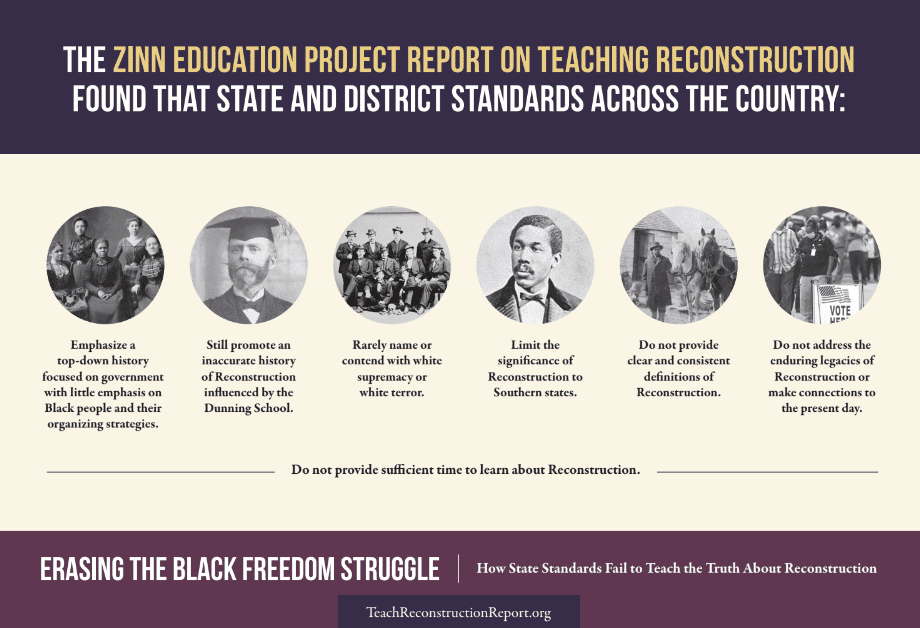
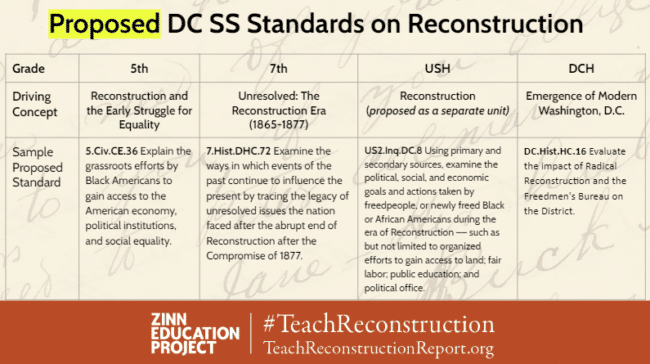
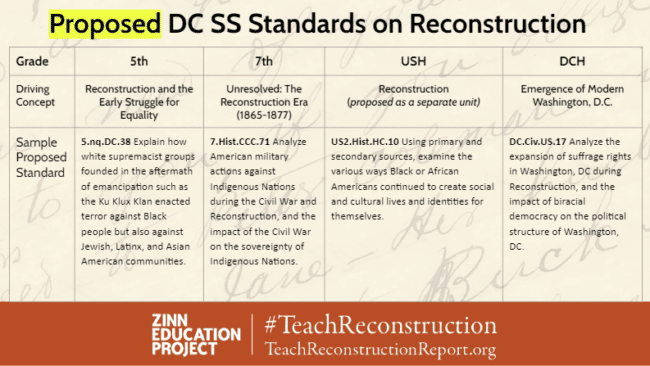
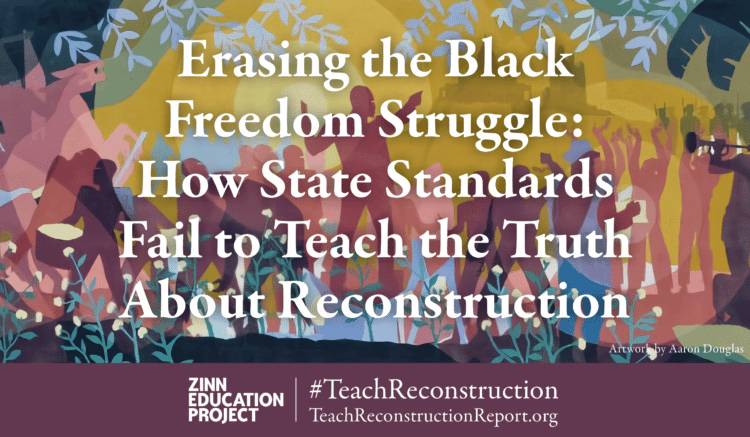
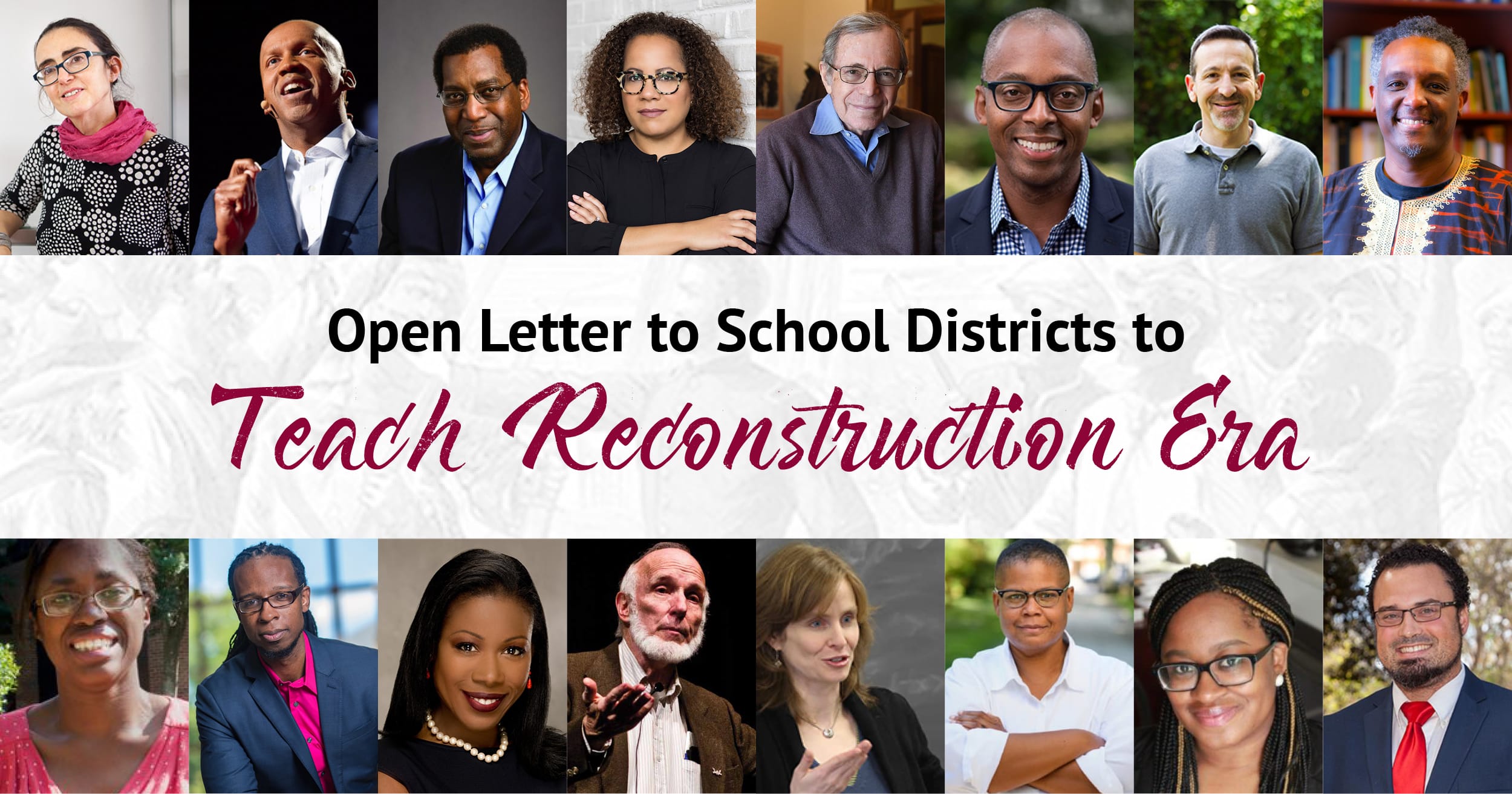
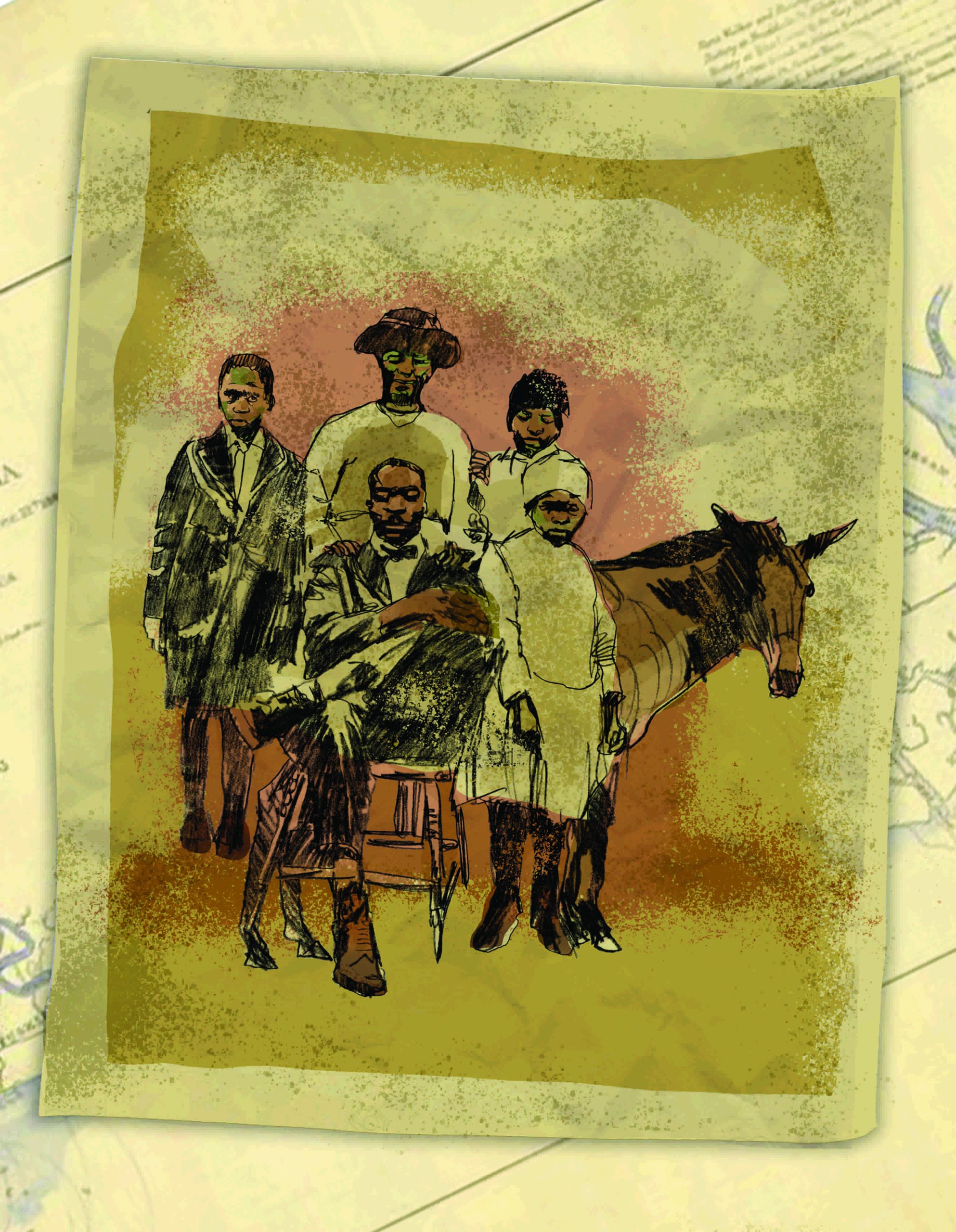
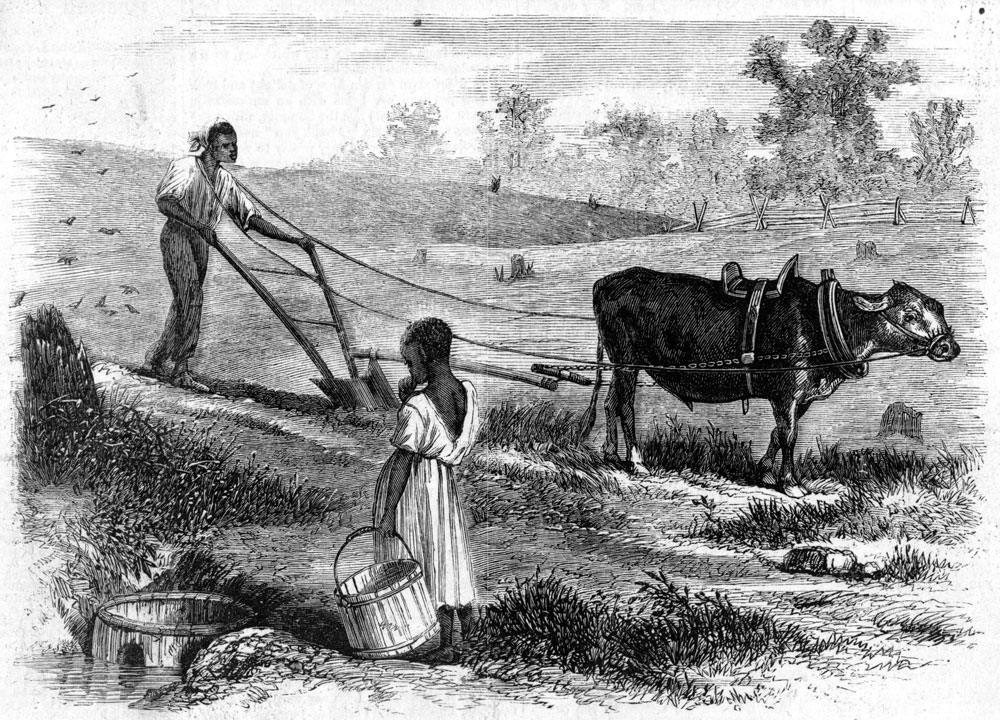
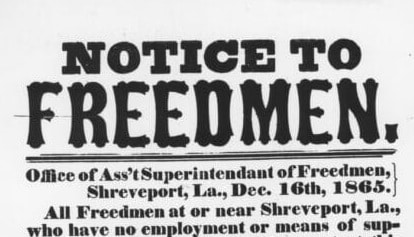
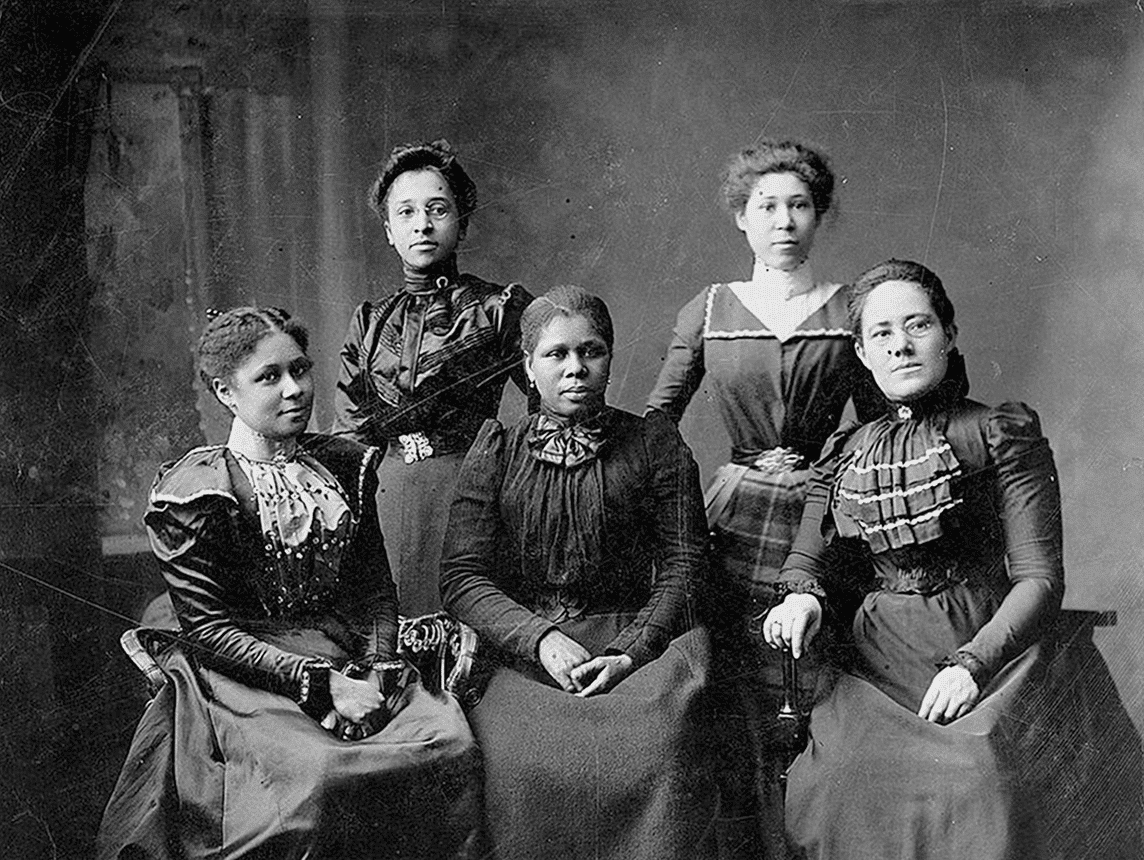
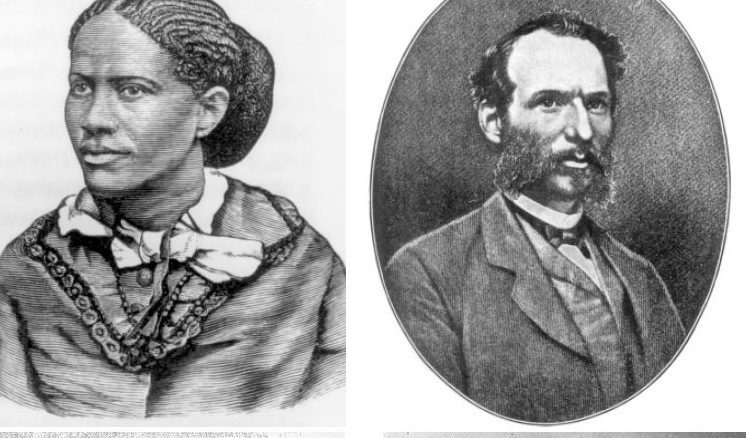
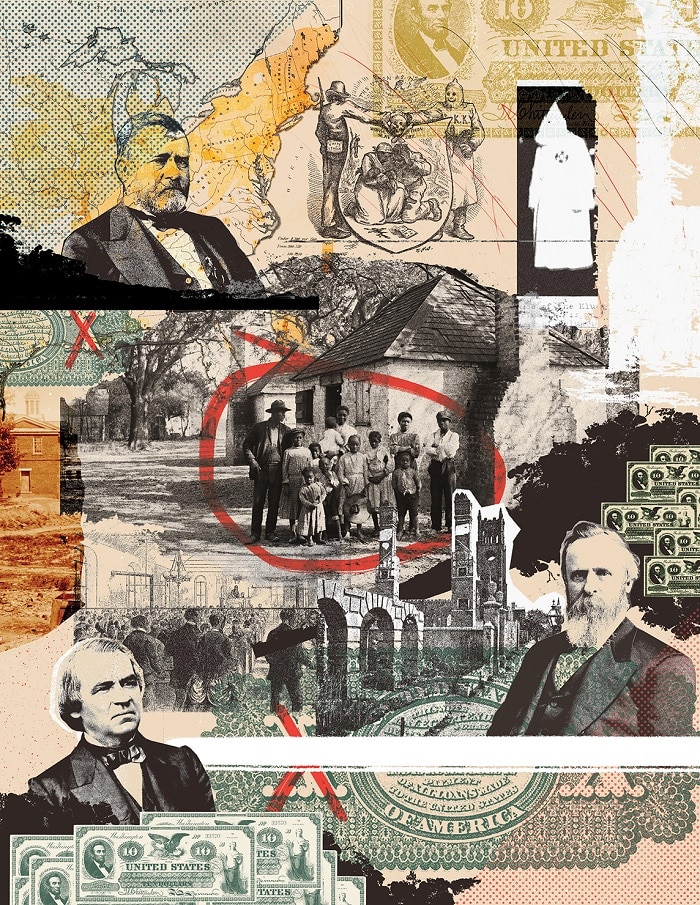
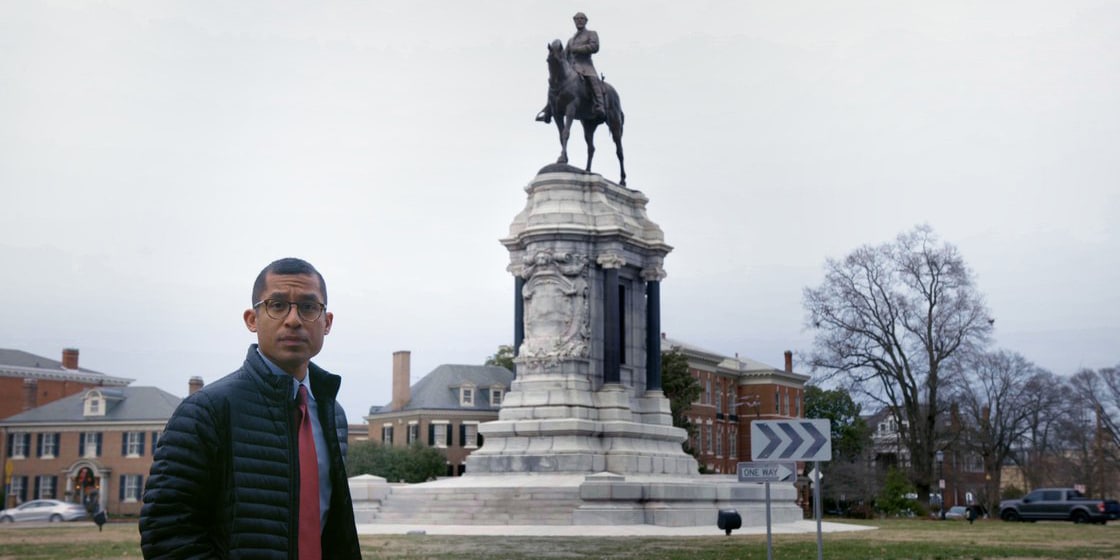
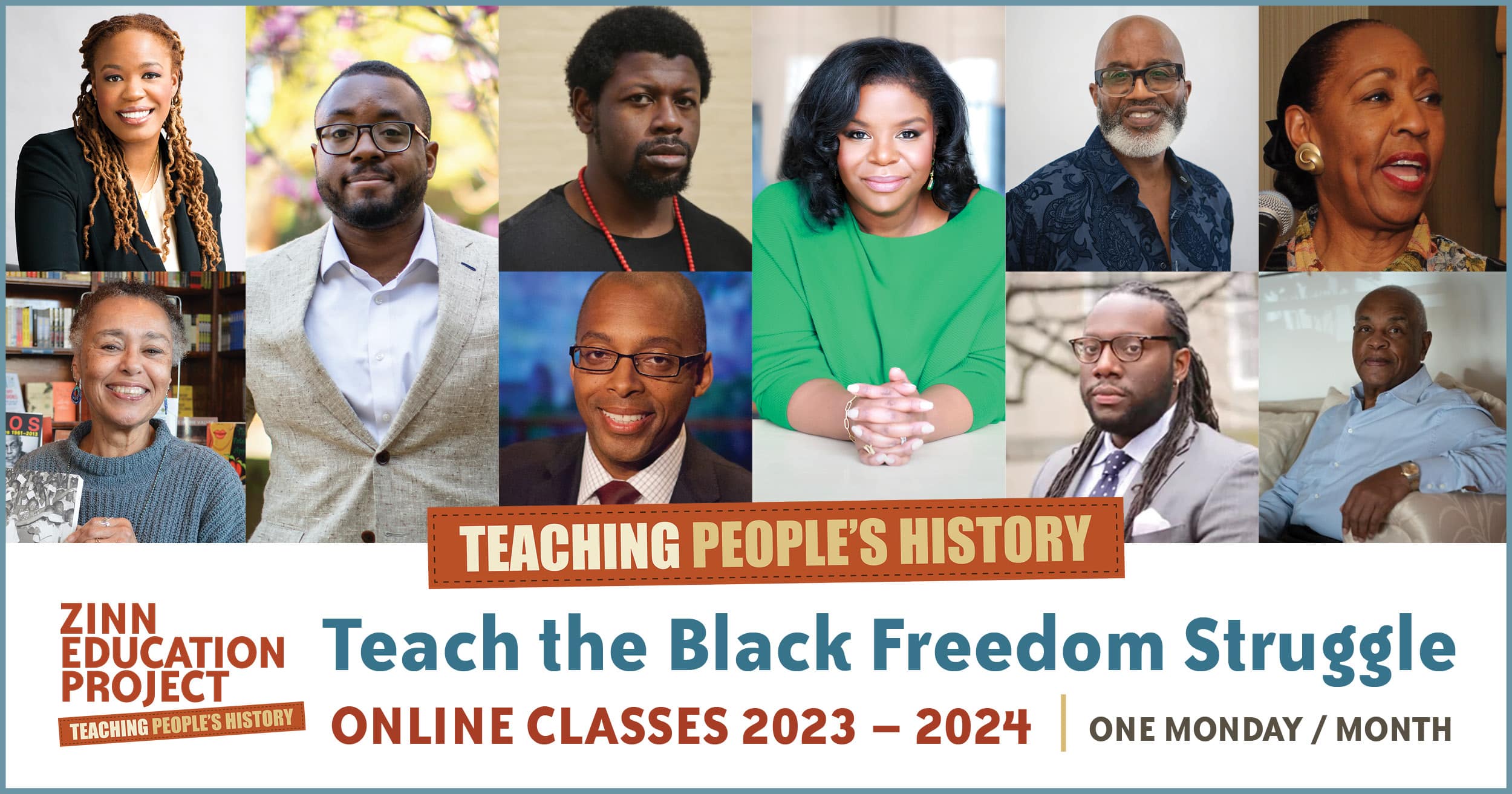
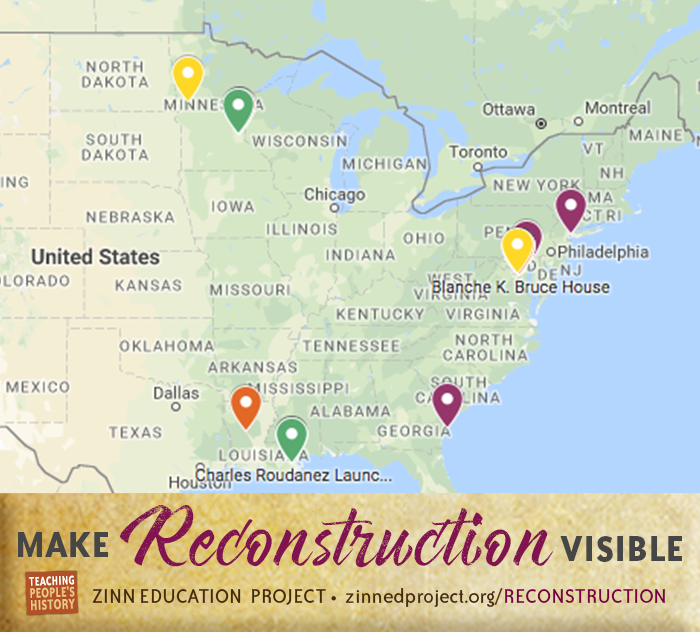
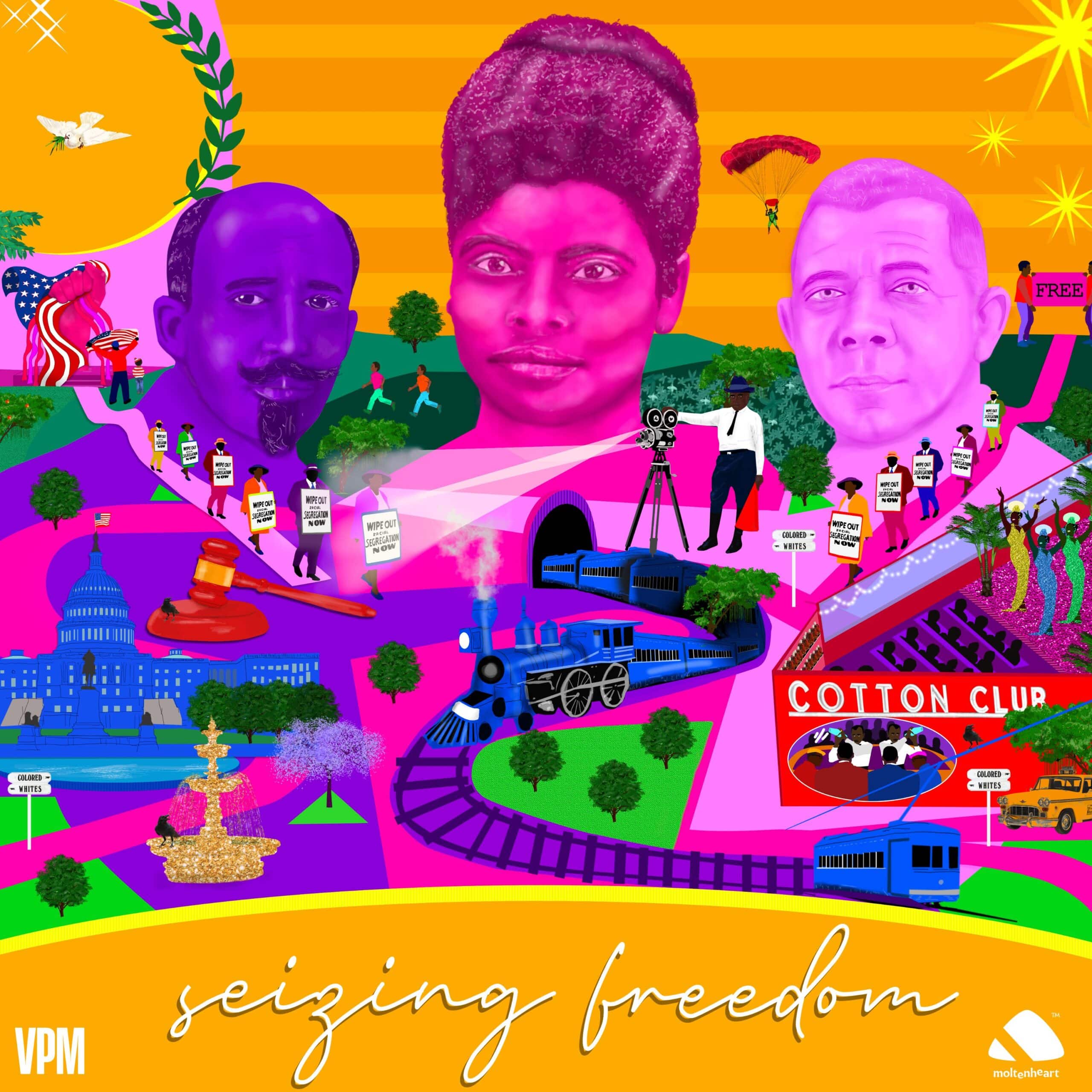
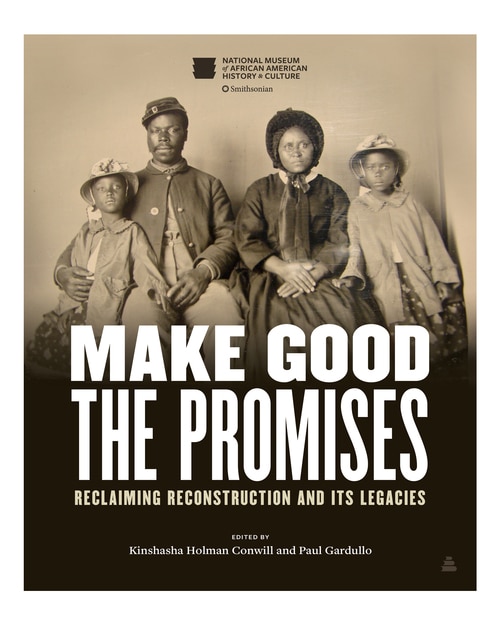





Twitter
Google plus
LinkedIn